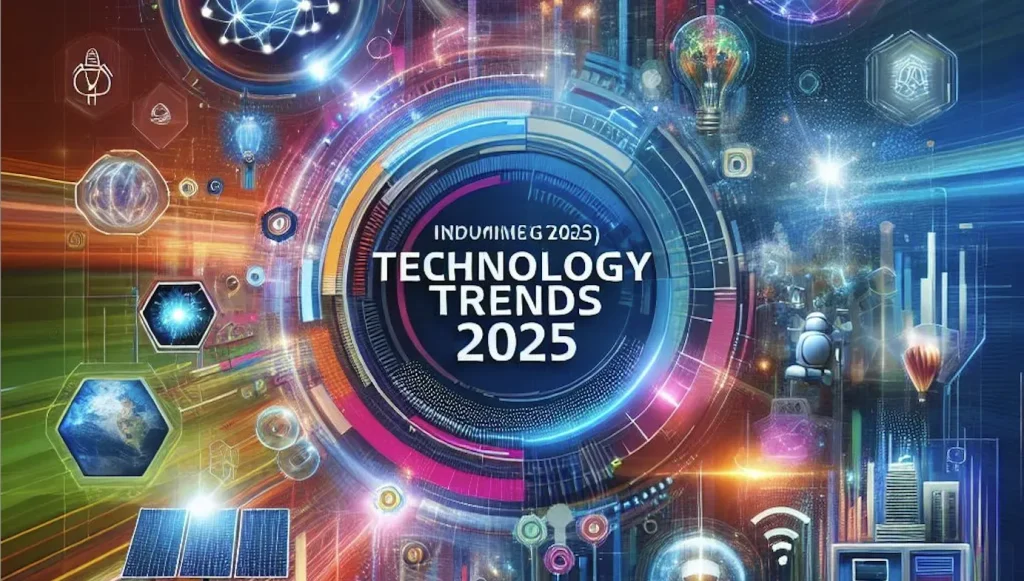Debunking Technology Myths is essential for anyone navigating the rapid pace of digital innovation. This guide helps separate what really works in tech from marketing hype and sensational claims. By examining technology myths, weighing tech hype vs reality against real outcomes, and leaning on evidence-based technology, you gain practical insights. The goal is to empower readers to make smarter decisions when evaluating consumer gadgets or enterprise deployments. Ultimately, this approach supports debunking tech myths with clear criteria and verifiable evidence.
From a different angle, this discussion reframes common beliefs about devices, software, and AI as tech myths that deserve careful scrutiny. By describing claims in plain terms and tying them to real-world outcomes, we apply an evidence-based mindset and practical evaluation. Latent Semantic Indexing principles guide us to include related phrases such as what really works in tech, tech hype vs reality, and debunking tech myths alongside core terms. The goal is to give readers a framework they can reuse, from pilot programs to vendor comparisons, without getting drawn into flashy demonstrations. With this framing, the topic shifts from sensational promises to reliable value and informed decision-making.
1) Debunking Technology Myths: Why Myths Spread and Endure in Tech
Technology myths thrive on novelty and rapid-fire claims. New gadgets, buzzworthy platforms, and ambitious AI promises grab attention, and hype often masquerades as progress. But technology myths are not evidence; they’re marketing narratives designed to trigger emotion—speed, cost savings, or effortless wins. Recognizing this dynamic is the first step toward applying what really works in tech and avoiding the traps of unfounded optimism.
To separate claim from proof, start with a clear problem statement and measurable success criteria. Ask how success will be demonstrated, over what timeframe, and under what conditions. If a claim cannot be tested in a meaningful, reproducible way, it’s unlikely to translate into durable value. This mindset—rooted in technology myths’ debunking—lets you focus on real outcomes rather than flashy promises.
2) What Really Works in Tech: A Practical Evaluation Framework
The most effective way to determine what really works in tech is a structured evaluation framework. Define the problem and the expected outcomes with specific metrics—speed, accuracy, cost, scalability, or user satisfaction. With a clear baseline, you can compare claims against evidence rather than sentiment, aligning with the idea of evidence-based technology.
Next, seek independent validation such as peer-reviewed studies, third-party benchmarks, or real-world case studies. Check the test conditions for realism, assess total cost of ownership, and verify reproducibility. By applying these steps, you shift from hype to measured judgment, ensuring that your tech decisions are grounded in data and actual value.
3) Tech Hype vs Reality: Separating Signal from Noise
Tech hype often presents a best-case scenario that ignores constraints. Real-world performance depends on software optimization, integration quality, and user workflows—areas where the headline often glosses over critical details. Recognizing the gap between hype and reality helps you apply the right criteria when assessing what really works in tech.
When evaluating bold claims, look for evidence beyond demonstrations: long-term usability, support ecosystems, and the ability to scale. Beware benchmarks run in idealized settings and seek independent benchmarks that reflect typical usage. This approach keeps you grounded and reduces susceptibility to the most persuasive marketing narratives.
4) Evidence-Based Technology: Verifying Claims with Data
Evidence-based technology builds decisions on credible data, transparent methodology, and reproducible results. Emphasize claims that come with quantified outcomes, detailed testing procedures, and access to raw data or code. This aligns with a disciplined mindset that is central to debunking tech myths and validating what truly works.
Pilot projects, staged rollouts, and controlled experiments are practical ways to gather high-quality evidence. Favor sources that publish methodology and results, rather than only conclusions. When evidence is robust and replicated, you gain confidence that the technology delivers durable value rather than transient benefits.
5) Common Myths About AI, 5G, Blockchain, and Privacy Debunked
Myth: AI will inevitably replace all human jobs. Reality: AI often automates repetitive tasks while enabling humans to focus on higher-value work. This nuanced reality reflects how technology myths can oversimplify impact across industries, underscoring the need for retraining and thoughtful deployment.
Myth: 5G will instantly solve all connectivity problems. Reality: 5G enables faster speeds and lower latency, but its value emerges in dense environments and new service models—not as a single magic upgrade. Similarly, blockchain isn’t a universal cure-all, and privacy isn’t dead but evolving with stronger defaults and governance. These examples illustrate why evidence-based technology and careful evaluation matter.
6) Real-World Deployments: From Myth to Measurable Outcomes
In practice, many devices and enterprise software deliver real value through dependable integration, predictable performance, and measurable improvements. Real-world case studies help separate the marketing narrative from outcomes that matter—like time saved, error rate reductions, and total cost of ownership. Such evidence reinforces why what really works in tech tends to emerge through careful validation.
To apply these lessons to your context, seek independent outcomes and credibility in benchmarking, and adopt phased adoption strategies. Start with pilots, quantify results, and scale when metrics align with expectations. This evidence-based approach—rooted in debunking tech myths and a disciplined evaluation framework—helps you invest smarter, improve outcomes, and stay ahead of hype while embracing meaningful innovation.
Frequently Asked Questions
What is Debunking Technology Myths and why does it matter for identifying what really works in tech?
Debunking Technology Myths is a disciplined approach to separate hype from real value in tech. It focuses on defining the problem, seeking independent validation, testing under real conditions, considering total cost of ownership, and checking reproducibility to reveal what really works in tech.
How can you distinguish tech hype vs reality when evaluating new tech claims?
Use an evaluation framework: define the problem and expected outcomes, look for independent benchmarks, scrutinize test conditions, assess total cost of ownership, seek reproducible results, and consider longevity. This helps separate tech hype vs reality from credible evidence.
What is evidence-based technology and how does it help in debunking tech myths?
Evidence-based technology means decisions grounded in data, reproducible studies, and transparent methodologies rather than vendor hype. By demanding credible benchmarks, peer validation, and real-world results, you debunk tech myths and focus on what truly delivers value.
What are common technology myths that mislead consumers and enterprises?
Common technology myths include ‘more megapixels equals better performance,’ ‘AI will replace all jobs,’ ‘5G solves every connectivity issue,’ ‘blockchain is a cure-all,’ and ‘privacy is dead.’ The reality is nuanced: outcomes depend on software, context, and governance.
What practical steps can I take to verify claims and focus on what really works in tech?
Follow a practical, evidence-based approach: define the problem, seek independent validation, review test conditions and sample sizes, calculate total cost of ownership, confirm reproducibility, and evaluate long-term adaptability. This keeps you focused on what really works in tech.
How should organizations apply the Debunking Technology Myths framework to future AI, 5G, or blockchain claims?
Apply the Debunking Technology Myths framework by piloting claims in controlled settings, measuring impact with clear metrics, requiring independent validation, and scaling only when results prove durability—balancing tech hype vs reality with evidence-based technology.
| Topic | Key Points |
|---|---|
| Why myths spread and endure |
|
| A practical framework for evaluating technology claims |
|
| Common myths and why they’re misleading (Myths A–F) |
|
| Real-world examples illustrating myth vs reality |
|
| How to apply evidence-based thinking to future tech claims |
|
Summary
Debunking Technology Myths offers a clear, evidence-based lens for navigating the fast-changing tech landscape. This descriptive overview emphasizes separating hype from real value through independent validation, reproducible results, and real-world impact. By focusing on concrete metrics like performance, cost, and long-term usability, readers learn to distinguish what really works in tech from broad marketing claims. In the broader context of technology myths, this approach helps individuals and organizations make smarter investments, align with credible outcomes, and adopt innovations that deliver lasting benefits. Debunking Technology Myths is not anti-innovation; it is a disciplined framework for judging claims in a world of tech hype vs reality.


